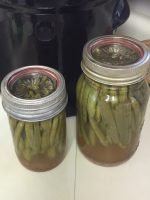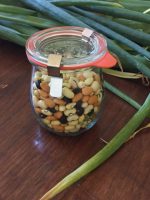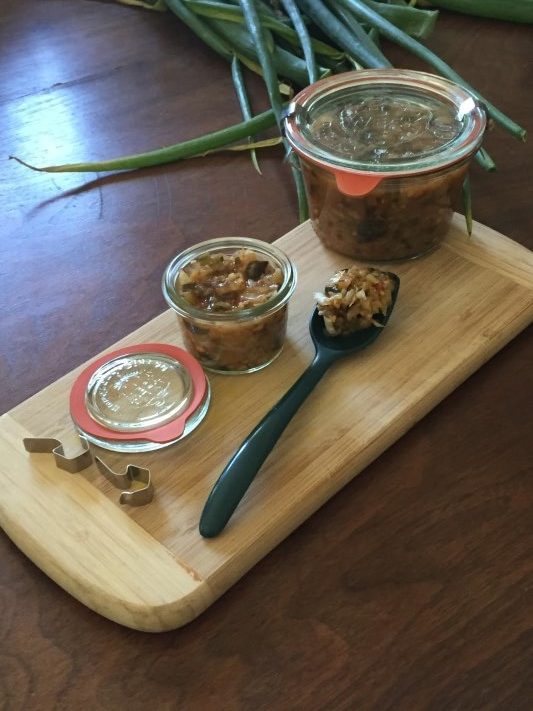The practice of harvesting goes back eons, whether you are participating for the first time this year or you’re an experienced ‘collector gatherer,’ you are partaking in something that has helped us along in our human existence.
This season, there has been a bountiful array of herbs, vegetables and fruit, and I’ve been harvesting since June, yet, there is much to do. A plan of action may be needed if you too got a bit excited over-planting this year (as I may have with some tomatoes). Between the over-planting and the intense heat we got this summer, certain plants tended to go to seed rather quickly. But there is always the important task of seed saving.
Getting on with it, I harvested seeds from healthy parent plants into brown paper bags. This can be handy for seeds that are ready to disperse with a gentle snip, enclose the bag around the seed head and cut.





